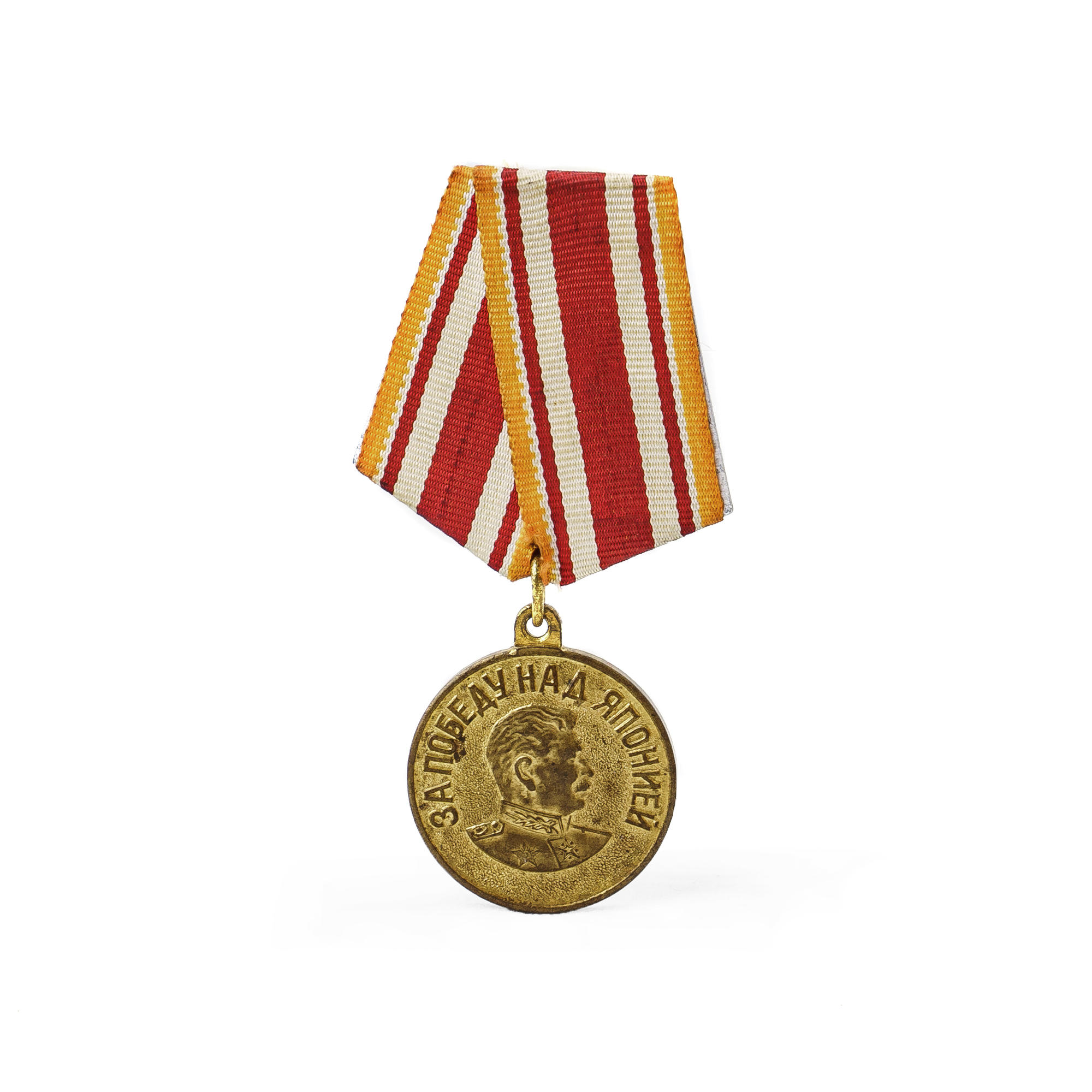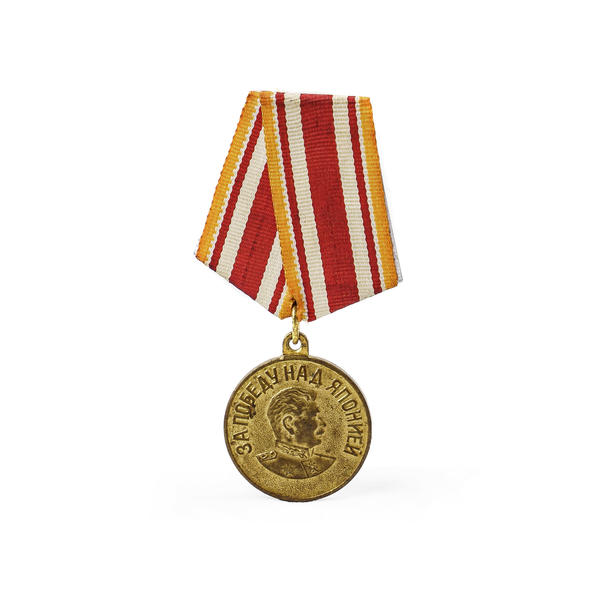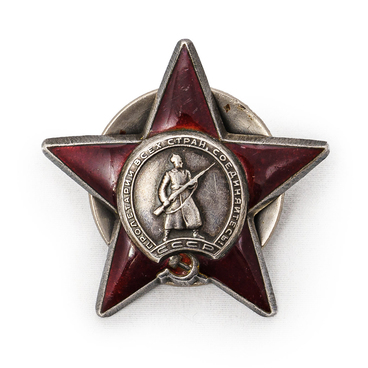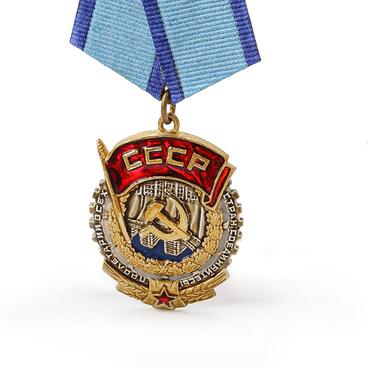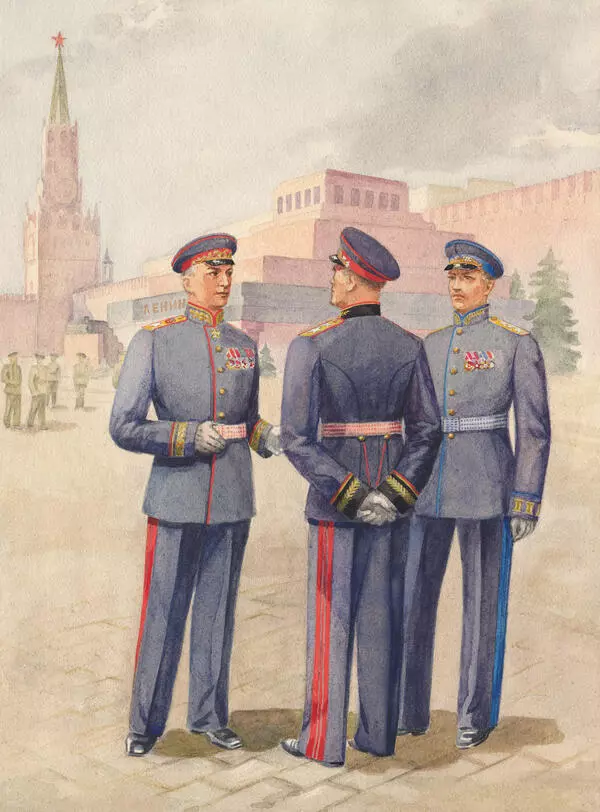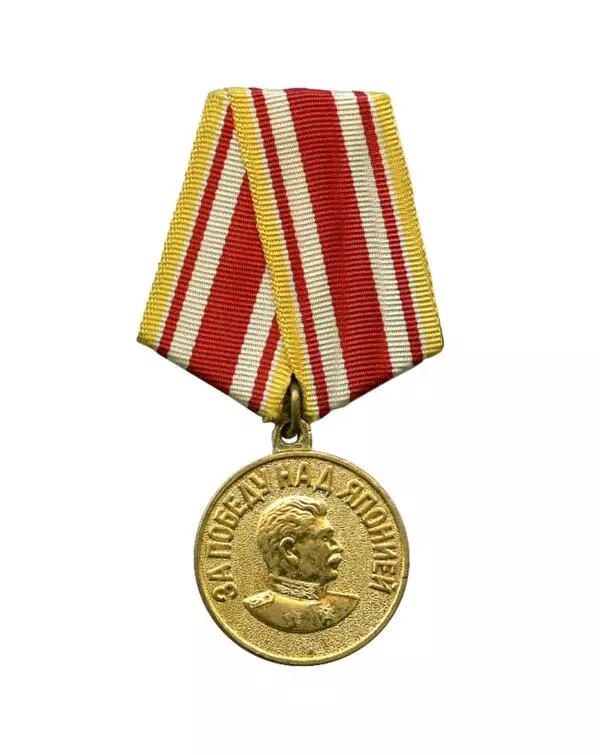After signing the Yalta Agreement, the USSR stated officially that it would not attack Japan, but the non-aggression pact was broken on August 9. The Soviets started building up their military presence in the Far East, resulting in more than 1.7 mln. soldiers, almost 30,000 artillery pieces, 5,300 tanks, and 5,200 aircraft accumulated in the area by the time the operation kicked off.
The preparation for the war against Japan started with the development of the Manchurian Strategic Offensive as far back as 1944. Japan allied with Germany in World War II, thus it was considered an enemy by the USSR. Obviously, Japan had no intention to surrender, taking efforts to strengthen its position in the Far East, and the Soviet Union declared war. The move was supported by Mongolia, whose troops went into action on August 10, 1945.
However, Japan had started strengthening its positions in Manchuria as far back as in 1941. In summer of 1945, the country numbered some 1 mln. soldiers, almost 7,000 artillery pieces, mortars included, 1,200 tanks and around 2,000 aircraft. Here the USSR enjoyed a comfortable advantage over its opponent in terms of military equipment and materiel. On the minus side, there were solid fortifications on Manchuria’s border, where at least 17 Japanese military installations were deployed, according to Soviet intelligence. The enemy took full advantage of obstacles, trenches and bunkers, significantly hampering the advance of the Soviet and Mongolian troops. The environment with its mountain ranges alternating with lowlands, covered by marshes and deserts, did not help either. Japan was attacked from three various directions, namely Manchurian, South Sakhalin and Kuril. The timing between the operations was up to 10 days but joint Soviet and Mongolian troops managed to take their opponent by surprise.
The Japanese found themselves cut off from all escape routes and laid down weapons soon, although this military campaign was supposed to last at least six months. The operation involved the 157th rifle division, stood up in Bashkiria. For its achievements and the ultimate victory in the Far East the division was awarded the Order of Suvorov, 2nd class, and the Order of Kutuzov, 2nd class. Besides, Bashkirian enlistees also made part of other military units committed to fight against Japan.
The Medal for the Victory over Japan was established on September 30, 1945. Its appearance changed in 1951. About 1.8 mln. people, Mongolians among them, received the decoration. In peacetime, participants of the war were awarded the medal on anniversaries of the victory.
The preparation for the war against Japan started with the development of the Manchurian Strategic Offensive as far back as 1944. Japan allied with Germany in World War II, thus it was considered an enemy by the USSR. Obviously, Japan had no intention to surrender, taking efforts to strengthen its position in the Far East, and the Soviet Union declared war. The move was supported by Mongolia, whose troops went into action on August 10, 1945.
However, Japan had started strengthening its positions in Manchuria as far back as in 1941. In summer of 1945, the country numbered some 1 mln. soldiers, almost 7,000 artillery pieces, mortars included, 1,200 tanks and around 2,000 aircraft. Here the USSR enjoyed a comfortable advantage over its opponent in terms of military equipment and materiel. On the minus side, there were solid fortifications on Manchuria’s border, where at least 17 Japanese military installations were deployed, according to Soviet intelligence. The enemy took full advantage of obstacles, trenches and bunkers, significantly hampering the advance of the Soviet and Mongolian troops. The environment with its mountain ranges alternating with lowlands, covered by marshes and deserts, did not help either. Japan was attacked from three various directions, namely Manchurian, South Sakhalin and Kuril. The timing between the operations was up to 10 days but joint Soviet and Mongolian troops managed to take their opponent by surprise.
The Japanese found themselves cut off from all escape routes and laid down weapons soon, although this military campaign was supposed to last at least six months. The operation involved the 157th rifle division, stood up in Bashkiria. For its achievements and the ultimate victory in the Far East the division was awarded the Order of Suvorov, 2nd class, and the Order of Kutuzov, 2nd class. Besides, Bashkirian enlistees also made part of other military units committed to fight against Japan.
The Medal for the Victory over Japan was established on September 30, 1945. Its appearance changed in 1951. About 1.8 mln. people, Mongolians among them, received the decoration. In peacetime, participants of the war were awarded the medal on anniversaries of the victory.
